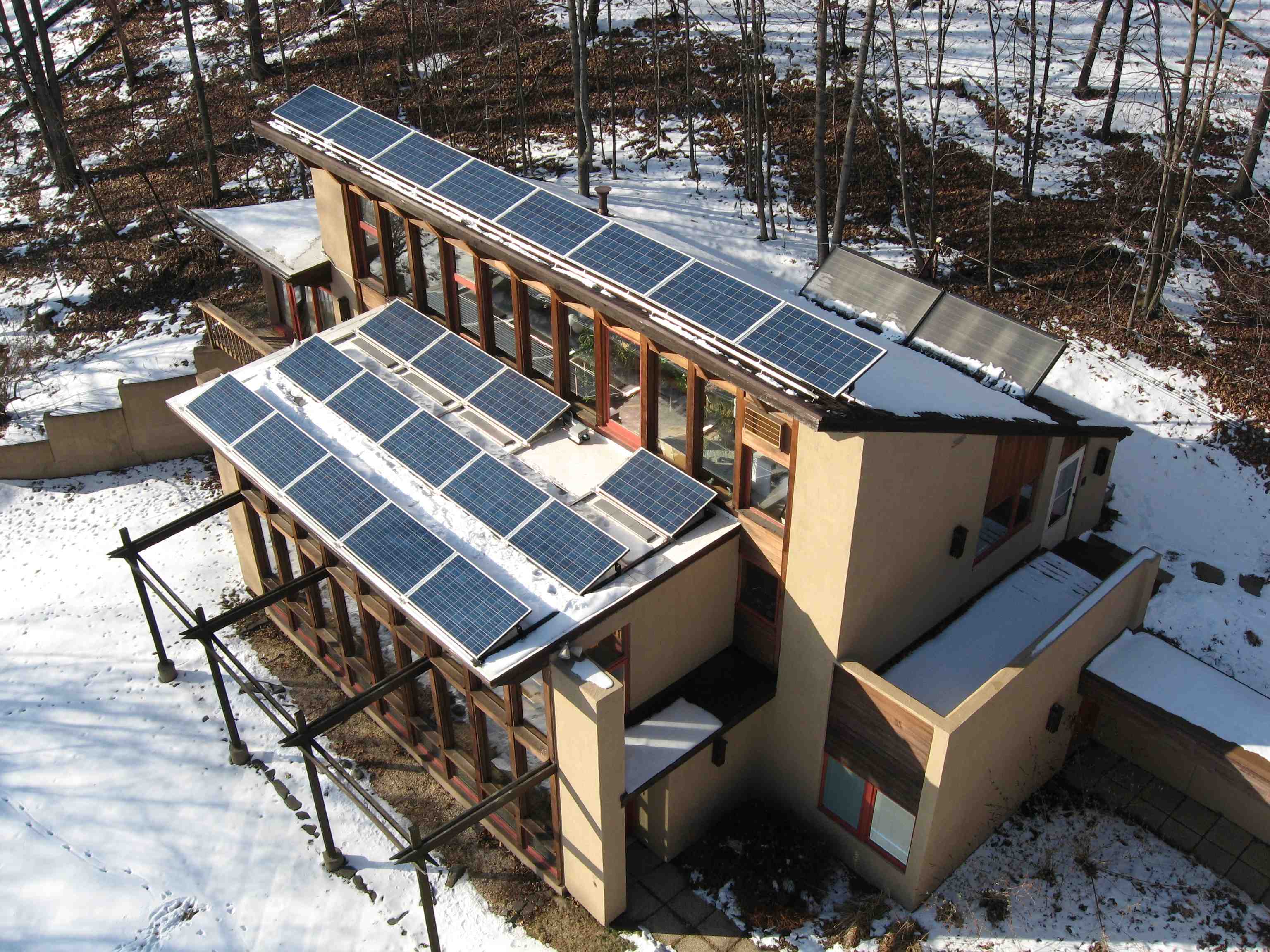Energy-Efficient Living: Designing Passive Solar Homes

Energy-Efficient Living: Designing Passive Solar Homes
Creating a home that harnesses the power of the sun for energy efficiency is a sustainable choice gaining popularity. Explore the principles and benefits of passive solar homes, where design seamlessly integrates with nature to provide a comfortable and eco-friendly living environment.
Harnessing Solar Energy through Design
Passive solar homes utilize architectural design elements to harness and maximize solar energy. Strategic placement of windows, proper insulation, and thermal mass are integral components. South-facing windows capture sunlight, while thermal mass materials absorb and store heat, creating a natural and energy-efficient heating system.
Optimizing Orientation for Maximum Sun Exposure
The orientation of a passive solar home is crucial for its efficiency. South-facing orientation ensures that the maximum amount of sunlight enters the living spaces during the day. This design principle helps in naturally heating the home during colder months, reducing the reliance on traditional heating systems.
Balancing Solar Gain and Heat Retention
Achieving the right balance between solar gain and heat retention is key to the success of passive solar design. Overhangs or shading devices are often incorporated to prevent overheating in the summer while allowing ample sunlight in the winter. This thoughtful balance enhances year-round comfort and energy efficiency.
Strategic Thermal Mass Integration
Thermal mass materials, such as concrete, stone, or tile, play a vital role in passive solar homes. These materials absorb and store heat from the sun during the day, releasing it slowly during the night. The strategic integration of thermal mass contributes to temperature regulation, reducing the need for additional heating or cooling systems.
Energy-Efficient Windows and Insulation
Energy-efficient windows are a cornerstone of passive solar design. Double or triple-glazed windows with low-emissivity coatings help trap heat inside during colder seasons and prevent excessive heat gain in warmer months. Adequate insulation throughout the home further enhances energy efficiency by minimizing heat transfer.
Natural Ventilation for Cooling
Passive solar homes often incorporate natural ventilation strategies for cooling. Cross-ventilation through strategically placed windows allows for the flow of fresh air, promoting a comfortable indoor environment. This natural cooling mechanism reduces reliance on mechanical cooling systems.
Incorporating Sustainable Materials and Design
Sustainability extends beyond energy efficiency. Passive solar homes often emphasize the use of eco-friendly and sustainable materials in construction. From recycled building materials to locally sourced wood, these homes embody a commitment to reducing the environmental impact of construction.
Benefits of Passive Solar Homes
The benefits of passive solar homes are multifaceted. Lower energy bills, reduced dependence on traditional heating and cooling systems, and a smaller carbon footprint are immediate advantages. Additionally, the comfortable and well-lit living spaces contribute to the overall well-being of the occupants.
Adapting to Different Climates and Regions
Passive solar design principles can be adapted to various climates and regions. While the specific strategies may vary, the fundamental concept of utilizing solar energy for heating and lighting remains consistent. Architects and homeowners can tailor passive solar design to suit the specific climatic conditions of their location.
Embracing Sustainable Living with Passive Solar Homes
For those seeking a sustainable and energy-efficient lifestyle, embracing passive solar design is a step towards a greener future. Explore the possibilities of Passive Solar Homes and discover how thoughtful design can harmonize with nature to create homes that are comfortable, efficient, and environmentally conscious.
Conclusion: A Bright Future with Passive Solar Homes
In conclusion, passive solar homes offer a compelling vision for the future of sustainable living. By integrating solar energy into the very design of the home, these residences showcase the potential for energy efficiency, comfort, and environmental responsibility. Embracing passive solar design is not just a choice for today but a commitment to a brighter and more sustainable future.









